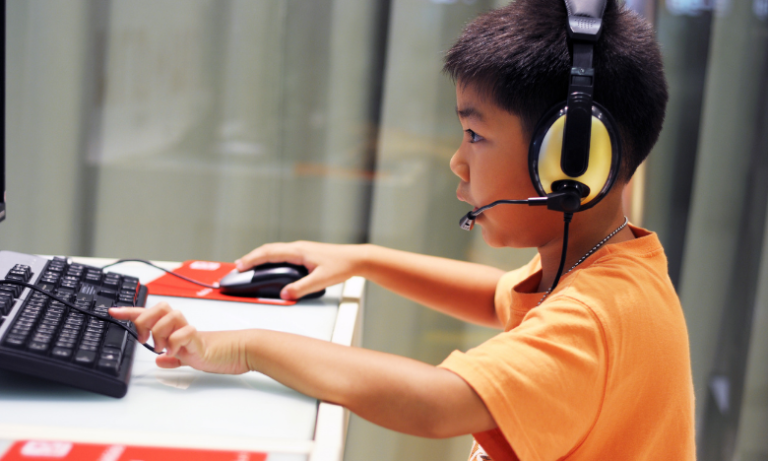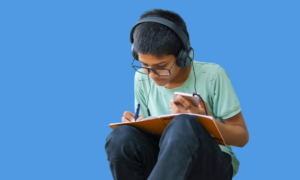
What is assistive technology for learning disabilities and ADHD
Children with learning disabilities often experience unexplained difficulty in acquiring necessary academic skills while undergoing formal education. For inclusive education to become a success, all systems must be oriented to allow children with different needs and abilities to access education equally. The application of technological advancements to address their challenges has been a goal for long. With the continual progress of technology in current times, there has been significant development of technology applications to help children with learning disabilities and ADHD learn and adjust better. Hence, parents and educators must update themselves about concepts like assistive technology, universal design and accessibility.
Assistive technology (AT) for learning disabilities and ADHD refers to the various devices and services that bypass, improve, work around or compensate, the learning capabilities of children with a learning disability when embedded within quality instruction. Assistive technology-based devices available today are specifically designed to help children with learning disabilities to solve written language, reading, listening, memory and mathematical problems, and improve their learning outcomes. Assistive technology tools can be as simple and low-tech as a pair of spectacles or pencil-grips, or they can be complex computer-based tools like text-to-speech software. Sometimes, common articles can also be adapted to help improve learning disabilities like an I-pod which provides audio learning for a visually impaired child. Many interventions could help children with learning disabilities in learning; amongst them, assistive technology has the most significant effect in helping children. It works in two ways – help children complete a given task, and second, bypass an area of difficulty.
However, there are some guiding principles to be considered when adopting assistive technology for learning disabilities and ADHD. Primarily, AT can only be used to enhance basic skills, like reading, writing etc. It cannot work to develop higher order skills in isolation. However, it has been seen that the enhancement of basic skills leads to an automatic improvement in higher order skills also, as the child adapts to their improved capabilities and develops further. Another principle is that assistive technology for learning disabilities and ADHD should be incorporated in the teaching-learning process, and not be implemented in isolation. It is a support mechanism, which improves the learning outcomes of a child in the conventional education process itself.
Benefits of assistive technology for learning disabilities and ADHD
Assistive technology assistive technology for learning disabilities and ADHD provides children to actively participate in everyday tasks like any other person without disabilities. They can have greater control over their own lives and within their community. They can contribute more to activities at home, school and work.

The benefits that assistive technology for learning disabilities and ADHD have for children with significant disabilities are enormous. The impact of being included in a regular classroom environment will boost their self-confidence and help in their learning. Generally, children with learning disabilities or ADHD are often dependent on teachers, parents, siblings, or friends for completing homework or assignments. Assistive technology can increase a child’s sense of independence and self-reliance as they can complete work independently, be able to participate more in classroom discussions, interact better with their peers and teachers, and be able to access a larger variety of educational options.
Assistive technology for learning disabilities and ADHD can address several types of learning difficulties:
- Reading and listening
- Mathematics
- Organization and memory
- Reasoning
- Writing
A note of caution, while the use of assistive technology for learning disabilities and ADHD can bring immense improvements, they cannot fix or eliminate learning difficulties. However, using the right tools may develop their strengths and can lead children with learning disabilities to live a rewarding and successful life.